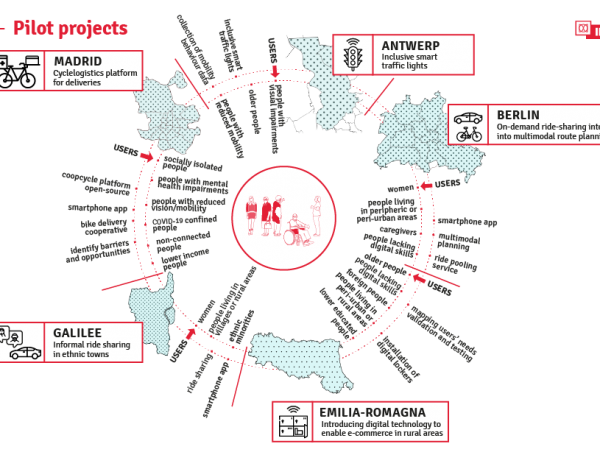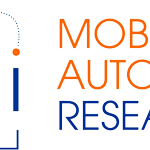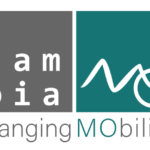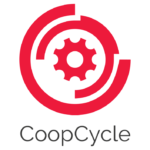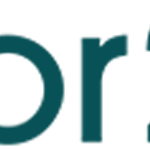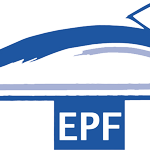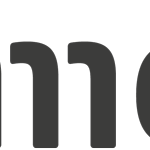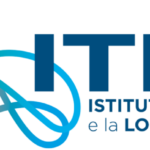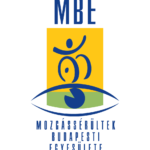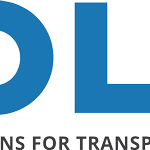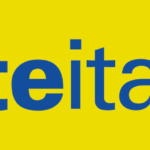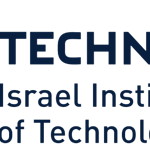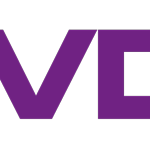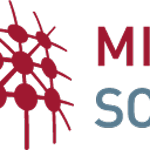Scope
The proliferation of smartphones and digital data collection have produced an expanding array of digital solutions for the management of mobility and logistics. This multitude of digital solutions for mobility has enabled the emergence of the connected traveller, who can independently plan travel routes, modes and departure times just by using a smartphone. The connected traveller receives real-time information about traffic disruptions and gives instant feedback about service quality or problems through connected mobile devices.
Digitally interconnected transport systems need to fulfil the following specific requirements:
- Be inclusive and accessible for all;
- Be able to offer the same benefits to all members of our society;
- Ensure that inclusive and accessible services are deployed in multiple locations where user needs, culture and language may be different;
- Be physically and digitally secure, especially when it comes to the security of personal data;
- User needs should be assessed not only in the context of passenger mobility but also concerning logistics and delivery services;
- Be user-friendly, meaning that both software and hardware components should provide a seamless journey or delivery experience;
- Be user-centric by design, which means that it should be shaped by a structured collaboration of users, developers, operators and policy makers through a co-creation process that puts user needs at its centre.
Objectives
The INDIMO project had five main objectives:
- To improve the understanding of the users’ needs in the digital transport systems.
- To improve knowledge about users’ requirements in personalised digital transport systems.
- To co-create tools that can help developers, operators and policy makers to generate an inclusive, universally accessible and personalised digital transport system.
- To foster the Universal Design approach throughout the planning and design process of digital applications and services.
- To influence future policy by feeding project results into European, regional and local policy-making.
Project at a glance
The INDIMO project main ambition was to break the barriers that people face in accessing digitally interconnected transport systems!
When?
Which target groups are involved?

Citizens, with a special attention to vulnerable-to-exclusion groups
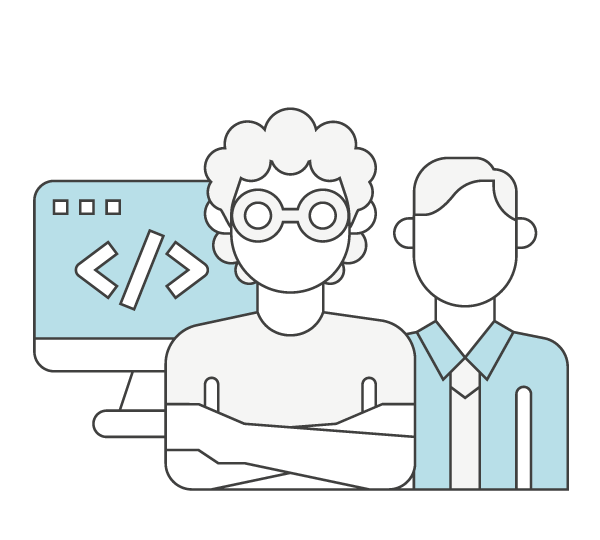
Developers and engineers of digital mobility solutions

Operators of digital mobility services and platforms

Policy makers
What are the expected results of the INDIMO project?
Universal Design Manual
Universal Interface Language
Cybersecurity and privacy assessment guidelines
Service evaluation tool
Understanding the needs. To overcome barriers, first we need to know what the barriers are. We collected data on the needs of all users groups, paying attention to at least 15 users’ characteristics influencing how digital mobility services are used.
Working together in designing the INDIMO Toolbox. We invited all target groups to collaborate with us in designing a set of inclusive tools that will shape the way we look at digital mobility.
Testing. The INDIMO Toolbox has been tested in five pilots in Madrid (Spain), Antwerp (Belgium), Emilia Romagna (Italy), Berlin (Germany) and Galilee (Israel).
Giving feedback. We incorporated users’ feedback from the test phase into our Toolbox, making it a truly co-created product.
Transferring results. The last stage is to ask ourselves: “Can this work somewhere else?”. We run a transferability assessment and developed the INDIMO Toolbox as an online instrument.
